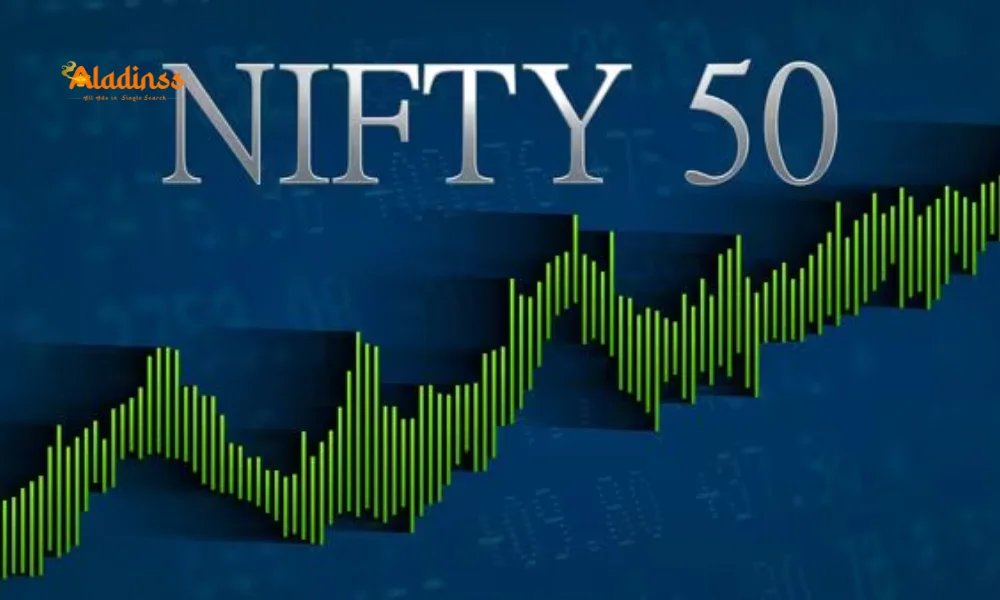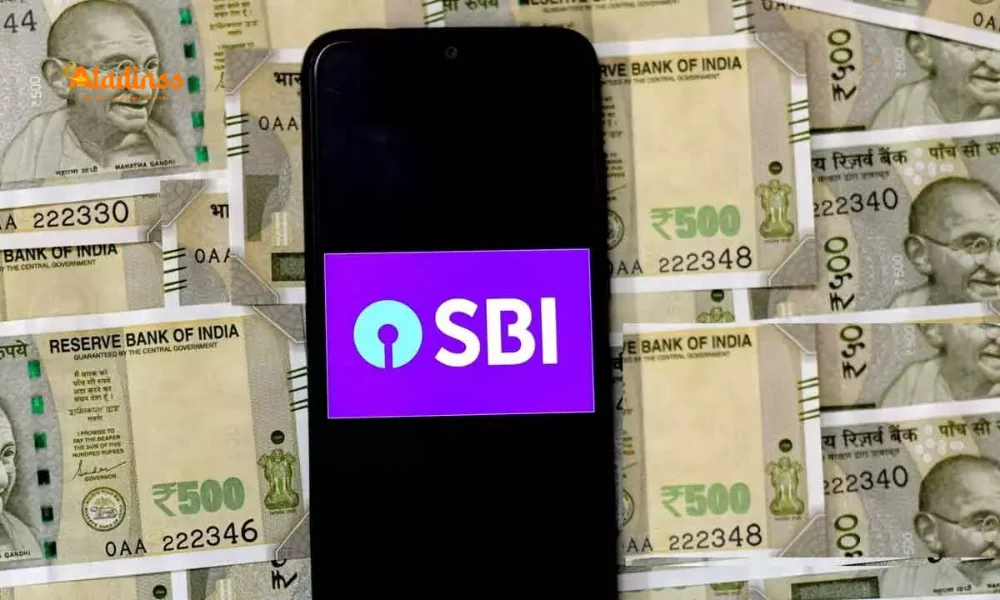Nifty 50 Reclaims 25,100: Indian Stock Market Breakout Potential Driven by Economic Factors and Reforms

Nifty 50 Reclaims 25,100: Indian Stock Market Breakout Potential Driven by Economic Factors and Reforms
The Nifty 50 index has reclaimed the 25,100 level as of September 12, 2025, signaling a potential breakout after underperforming global peers over the past year. Following a remarkable rally from April 2020 to September 2024, the Indian stock market has faced headwinds, with the Nifty down 4% from its 2024 high of 26,277. This latest development suggests the market is poised for a rebound, potentially reaching new record highs soon. Fundamental factors like robust GDP growth, fiscal reforms, and reviving earnings are key drivers. As Google trends show spikes in "Nifty 50 breakout 2025" and hashtags like #NiftyBreakout and #IndianStockMarket trending on social media, investors are eyeing sectors such as autos, healthcare, and financials for growth opportunities. This breaking news update explores the economic sweet spot, reform impacts, and earnings revival that could fuel the rally.

The Indian Economy in a Sweet Spot
India's macroeconomic indicators are in an enviable position, providing a solid foundation for stock market recovery. Q1FY26 GDP growth surprised at 7.8%, exceeding expectations and underscoring the economy's resilience amid global uncertainties. Fiscal consolidation remains on track, with the government targeting a 4.4% deficit for FY26, reflecting prudent spending and revenue management. The current account deficit (CAD) at a comfortable 0.6% of GDP indicates balanced external finances, reducing vulnerability to global shocks.
CPI inflation eased to 2.07% in August 2025, well within the RBI's 2-6% target band, opening doors for another 25 basis-point rate cut in the ongoing easing cycle. This accommodative monetary policy supports borrowing and investment, fostering economic expansion. Standard & Poor's recent upgrade of India's credit rating from BBB- to BBB—the first in 18 years—acknowledges these strengths, enhancing investor confidence and lowering borrowing costs for the government. Even with potential Trump tariffs, projections hold steady at 6.3% growth for FY26, driven by domestic consumption and exports in services. These factors collectively position the Indian economy as a bright spot globally, attracting foreign inflows and bolstering the Nifty's breakout potential.

Reforms Boosting Economic Growth
The favorable macro environment has enabled a series of growth-oriented reforms in 2025, further fueling market optimism. The Union Budget introduced a substantial fiscal stimulus by raising the income tax exemption limit to ₹12 lakhs and slashing rates across slabs, putting more money in consumers' pockets and stimulating spending. This tax relief, estimated at ₹1.5 lakh crore annually, targets middle-class households, boosting disposable income and driving consumption-led growth.
Complementing this, the Monetary Policy Committee (MPC) delivered a cumulative 100 basis-point cut in policy rates, alongside a calibrated reduction in the Cash Reserve Ratio (CRR), easing liquidity for banks and lowering lending costs for businesses and individuals. These measures encourage investment in capex and housing, key engines of economic expansion. The most transformative reform came from the GST Council, rationalizing rates into two primary slabs of 5% and 18%, with limited 40% on sin and luxury goods. Effective from September 22, 2025, this simplification reduces compliance burdens, enhances revenue collection, and lowers costs for essential items, spurring consumption from day one.
Impact of GST Rationalization on Consumption
The GST reform is poised to ignite consumption, particularly in FMCG and durables, by making everyday goods more affordable. With rates streamlined, businesses face fewer complexities, leading to faster supply chains and price stability. Analysts project a 10-15% uptick in consumer spending post-September 22, benefiting retail and e-commerce sectors. This, combined with tax cuts, could add 0.5-1% to GDP growth, enhancing corporate earnings and stock valuations.
The MPC's easing supports this by reducing EMIs on loans, freeing up household budgets. Overall, these reforms create a virtuous cycle of growth, positioning the Nifty for a breakout as investor sentiment improves.
Earnings Growth Revival and Momentum
Earnings growth was the Achilles' heel pulling the market down from its September 2024 peak, with FY25 seeing a mere 5% rise after a robust 24% CAGR from FY21-FY24. The rally from COVID lows of 7,511 to 26,277 was earnings-led, but slowdowns in key sectors stalled momentum. Now, conditions are ripe for revival, with projections of over 15% growth in FY27, driven by consumption rebound and lower costs.
Automobiles will spearhead recovery, with GST cuts and cheap credit spurring demand for vehicles and two-wheelers. White goods like appliances will follow, as lower taxes make them accessible. Banking and financials remain resilient, providing stability. Telecom, capital goods, healthcare, and digital stocks offer additional growth avenues. The market will discount this revival soon, propelling Nifty to new highs. Investors should prioritize these sectors, avoiding overvalued small-caps for sustainable returns.
Sectoral Opportunities and Investment Advice
With the Nifty reclaiming 25,100, focus on growth sectors like autos (e.g., Maruti, Tata Motors), white goods (Whirlpool, Voltas), healthcare (Sun Pharma, Dr. Reddy's), financials (HDFC Bank, ICICI), telecom (Bharti Airtel), capital goods (Larsen & Toubro), and digital (Infosys, TCS). These align with reform benefits, offering 20-30% upside potential. Diversify portfolios, using SIPs for rupee-cost averaging, and monitor RBI cues for further easing.
Avoid chasing small-cap froth; stick to fundamentally strong large-caps. The breakout could see Nifty test 26,500 by year-end, driven by earnings and macros. Stay informed on policy updates for timely positioning in this bullish setup.
Comment / Reply From
No comments yet. Be the first to comment!







